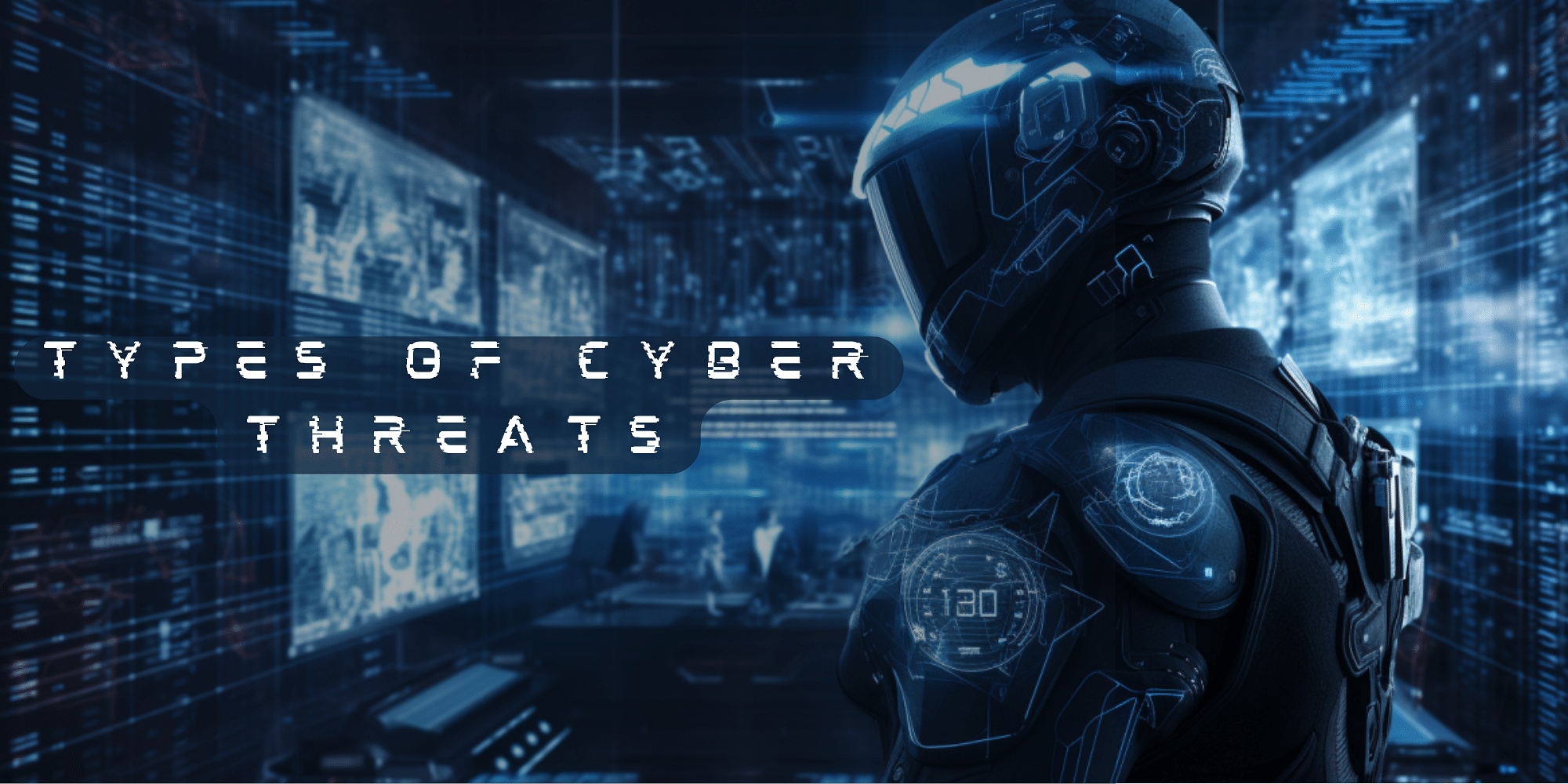In the sprawling digital landscape, various cyber threats loom, posing significant challenges to the integrity of our information and systems. Some threats like viruses, worms, Trojans, ransomware, phishing, spear phishing, whaling, and social engineering have become household terms. However, there are many more cyber threats – equally potent, if not more – that often go unnoticed. In this article, we cast the spotlight on some of these threats while also revisiting the familiar ones.
Understanding the Familiar Threats
- Malware: This is a collective term for malicious software, including viruses, worms, ransomware, and spyware. These programs are designed to damage or disrupt systems, steal information, or gain unauthorised access.
- Phishing, Spear Phishing, and Whaling: These are deceitful methods used by attackers to trick individuals into revealing sensitive information. While phishing targets a broad audience, spear phishing and whaling are more targeted, often focusing on individuals or organisations of interest.
- Social Engineering: This strategy relies more on human interactions than technology. Attackers manipulate individuals into breaking security procedures, often through tactics that instil fear, urgency, or a sense of trust.
- Man-in-the-Middle (MitM) Attacks, Denial-of-Service (DoS) Attacks, SQL Injections, and Zero-day Exploits: These threats exploit various vulnerabilities in systems, from intercepting communications and overloading resources to manipulating databases and using undiscovered software flaws.
Shining Light on the Less-Discussed Threats
- Form jacking Attacks: Cybercriminals inject malicious JavaScript code to intercept payment card details directly from the payment forms on the checkout web pages of eCommerce sites.
- IoT Attacks: As Internet of Things (IoT) devices become increasingly commonplace, they are becoming lucrative targets for cybercriminals. Many IoT devices lack robust built-in security, making them an easy entry point into networks.
- Deepfake Technology: This AI-based technology can create convincing fake audio and video content, leading to a new form of phishing attacks. Cybercriminals can impersonate individuals, potentially causing significant reputational damage or financial loss.
- Side-Channel Attacks: These attacks exploit information gained from the physical implementation of a computer system rather than weaknesses in the software. For example, an attacker could obtain passwords by analysing the power consumption patterns of a device.
- Cloud Jacking: As more businesses migrate to the cloud, threats in this area are increasing. Cloud jacking involves an attacker gaining unauthorised access to a cloud account, often to mine cryptocurrencies, leading to a significant increase in cloud computing costs for businesses.
- AI-Powered Cyberattacks: Cybercriminals are harnessing AI and machine learning to launch more sophisticated and harder-to-detect attacks.
The cyber threat scape is vast and continuously evolving. Knowledge and understanding of these threats, familiar or otherwise, serve as the first line of defence. Remember, in the realm of cybersecurity, forewarned is forearmed.










